In 2021, the release of the Zen Go Synergy Core caused quite a stir for offering sound quality that surpassed its price range by one or even two levels. I reviewed it in a previous article:
[Thorough Breakdown] ANTELOPE AUDIO / Zen Go Synergy Core Review!
Now, its sibling product, the "Zen Q Synergy Core," has been released. So, I’d like to review it, comparing it to the Zen Go Synergy Core! (Hereafter, "Zen Q Synergy Core" will be referred to as "Zen Q" and "Zen Go Synergy Core" as "Zen Go").

Differences from Zen Go Synergy Core
First, let's start with the difference indicated by the name. While "Go" implied the portability and lightness of the device, "Q" seems to be derived from "Quad," referring to the four analog input terminals it features.
Zen Go offers 4 inputs and 8 outputs, including digital I/O, whereas Zen Q provides 14 inputs and 10 outputs. This expanded connectivity makes Zen Q suitable for a wider range of instrument setups and outboard connections.

Both devices are bus-powered, but Zen Q switches from USB-C to Thunderbolt 3 connection. For those using PCs without a Thunderbolt 3 port, this might seem like a drawback. However, a USB version is set to be released in March, making it a versatile device that adapts to various setups.
In terms of size, Zen Go measures 198 × 117 × 57.5 mm, while Zen Q is slightly larger at 198 × 133 × 57.5 mm. Though the width and height remain the same, the Zen Q is 1.6 cm longer, which might seem minor, but it results in a larger display, improving the visibility of meters and controls.
Zen Go feels compact, while Zen Q gives off a more solid and central presence, fit for being the core of your system.
Additionally, the DSP chip count has doubled, with Zen Q featuring two chips compared to Zen Go's single chip. This allows for more extensive use of Antelope FX without straining your computer. While Zen Go required monitoring the number of effects used, Zen Q seems capable of handling all necessary tracks without limitations.
Sound Check
On the bottom right of the unit, you'll notice the label "64-bit AFC." This stands for the 64-bit Acoustically Focused Clocking jitter management algorithm, a clocking technology commonly used across ANTELOPE AUDIO products.

The Zen Go series also features the same high-end clocking technology found in Antelope Audio’s flagship models. This results in exceptionally clear sound output, with precise and balanced representation across the entire frequency spectrum, from the low end to the high end. The rich low frequencies and sparkling highs make the Zen Q stand out, even when compared to higher-priced competitors.
The mic preamps share a similar characteristic, providing a highly transparent sound. This makes it an excellent choice for capturing acoustic guitars and female vocals, where capturing bright, clear high frequencies is essential.
Compared to the Discrete 4 Synergy Core, which has a more analog warmth while maintaining modern clarity, the Zen Q delivers an ultra-clear, high-resolution sound. It feels like a perfect fit for modern recording needs, emphasizing precision and clarity.
Antelope FX
The controls and dual headphone outputs are similar to those of the Zen Go, so for details, you can refer to the Zen Go review. In this section, I'll focus on the Antelope FX, which allows you to apply high-quality effects without burdening your computer.
Antelope FX offers a wide range of 37 effects, including compressors, EQs, guitar amp simulators, reverbs, delays, and noise gates. These effects range from analog hardware modeling to modern, flexible digital effects, making it a versatile tool for any recording or production environment.

The analog hardware emulations included in Antelope FX cover many iconic devices, offering a comprehensive suite of tools that could meet almost all your needs. Based on the names and visual design of these emulations, they seem to include legendary gear like NEVE preamps, UREI 1176-LN and dbx 160 compressors, as well as Pultec and API EQs. Acquiring the actual hardware equivalents of these would easily cost hundreds of thousands of dollars.
A key benefit of these emulation plugins is that they allow you to learn the unique characteristics of these classic devices, which you can then apply to your recording and mixing workflow.

Antelope Audio has also collaborated with Overloud, known for their high-quality plugins, to offer a wide variety of amp simulators. These simulators cover a broad range of amps and cabinets. This is especially beneficial for guitarists, who often struggle to achieve a proper guitar sound when directly connecting to a standard audio interface. With Zen Q, you can easily apply amp simulators at the input stage within the mixer, making it a logical and efficient solution. Once you've inserted the effects into the mixer, the settings are retained even when you restart the interface. By dedicating a specific input channel for guitar, you can instantly get your preferred guitar sound upon startup, ensuring that no inspiration is lost in the process! (Note: Some effects may not save their settings.)
Antelope FX doesn’t just offer vintage emulation effects; it also includes a wide range of modern effects, such as sharp compressors, EQs, reverbs, and noise gates. Additionally, more effects can be purchased from the Antelope Audio Software Store, allowing for even more flexibility. Emulations modeled after SSL, Teletronix, and BAE gear are also available, offering a treasure trove of intriguing options.
The session preset feature allows you to save your effects and routing setups, making it quick and easy to recall settings, thus improving workflow efficiency.
Moreover, with the optional afx2daw tool, you can use Antelope FX directly within your DAW as plugins. It's easy to keep adding plugins during a session, but by leveraging DSP and FPGA technology, you can manage the load and create a smoother mixing experience.
In summary, Antelope FX is highly versatile, suitable for shaping sounds during recording, using as plugins during mixing, or even in mobile streaming setups. Its potential for various applications is immense.
Summary
After using the Zen Q Synergy Core as my main interface for a few days, I found that it not only carries forward the portability of the Zen Go Synergy Core but also significantly enhances its versatility for various studio setups. It’s a highly practical product, and the more you dive into it, the more it improves the convenience of your DTM environment. I look forward to pushing its limits even further, as it’s a deeply captivating device. If you’re in the market for an audio interface, especially with the USB version coming out in March, I highly recommend checking it out.
Additionally, there’s an exciting promotion running until April 30, 2022. You’ll receive the cutting-edge DAW Bitwig Studio, an additional FX bundle, and the afx2daw bridge plugin as a free gift with your purchase. Don’t miss this amazing opportunity!
ANTELOPE AUDIO / Zen Series Premium Giveaway Campaign Now Live!
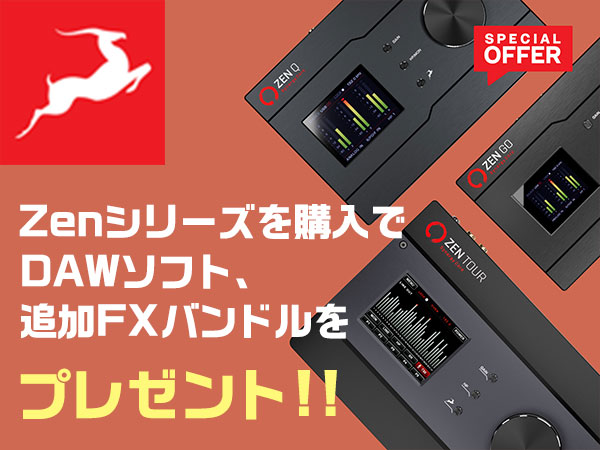






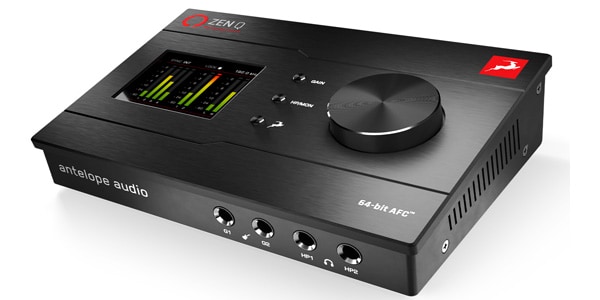
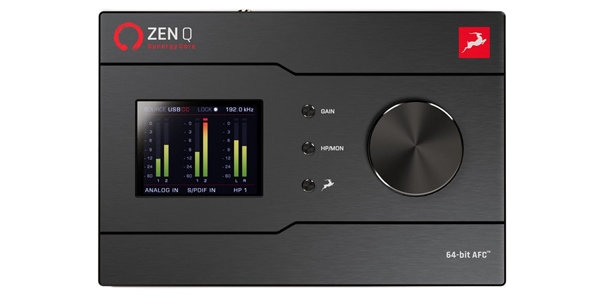
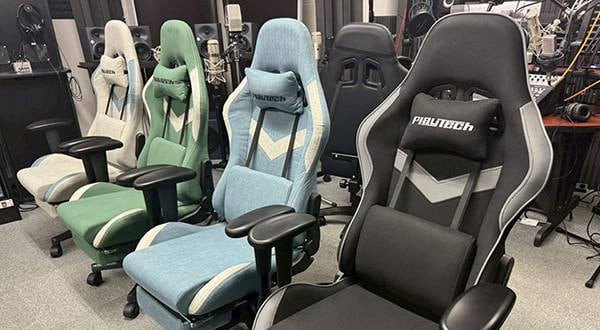
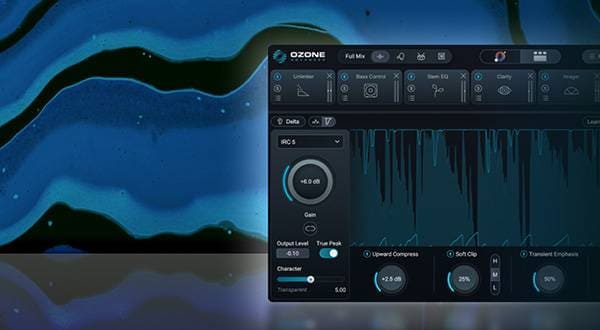
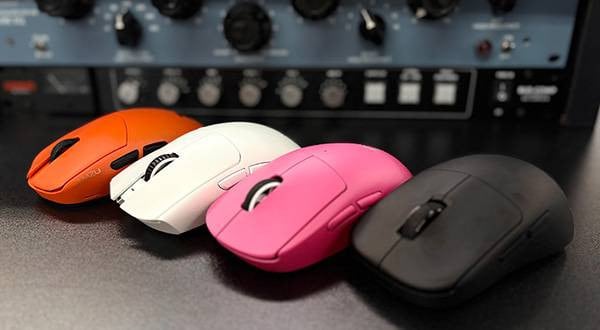
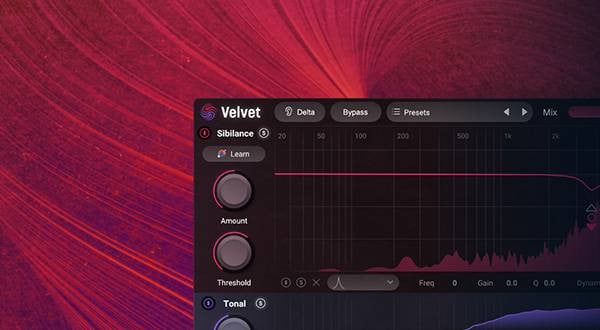



![[Music Production and Streaming] A Thorough Review of Useful Functions Featured in the High-Quality Axino USB Microphone!](/contents/uploads/thumbs/2/2022/1/20220111_2_16106_1.jpg)
![[Thorough Review!!] Antelope Audio / Zen Go Synergy Core](/contents/uploads/thumbs/2/2021/10/20211029_2_14891_1.jpg)
![[2022 Latest Edition] Overview of Some New Audio Interfaces!](/contents/uploads/thumbs/2/2021/3/20210311_2_12472_1.jpg)
 サウンドハウス社員が選ぶ 『おもしろ商品』はコレだ!
サウンドハウス社員が選ぶ 『おもしろ商品』はコレだ!
 DTMセール情報まとめ
DTMセール情報まとめ
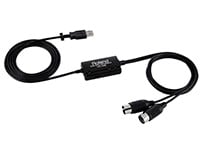 USB接続MIDIインターフェイス
USB接続MIDIインターフェイス
 ドラム音源に最適なMIDIパッド・コントローラー
ドラム音源に最適なMIDIパッド・コントローラー
 DTMに必要な機材
DTMに必要な機材
 DTM・DAW購入ガイド
DTM・DAW購入ガイド















